How to cover a chrysanthemum for the winter?
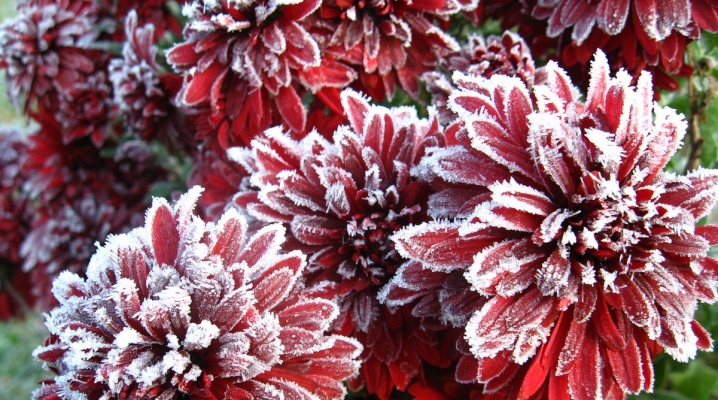
Chrysanthemum is often called the queen of autumn. This is completely true, because it blooms at that time of the year when the leaves are already falling and the whole nature “falls asleep”. Chrysanthemum is not afraid of the November cold, and some varieties are able to withstand even severe frosty winters. However, in order for the chrysanthemum bushes not to damage either frost or sudden changes in temperature, it is best to cover most varieties well in advance.
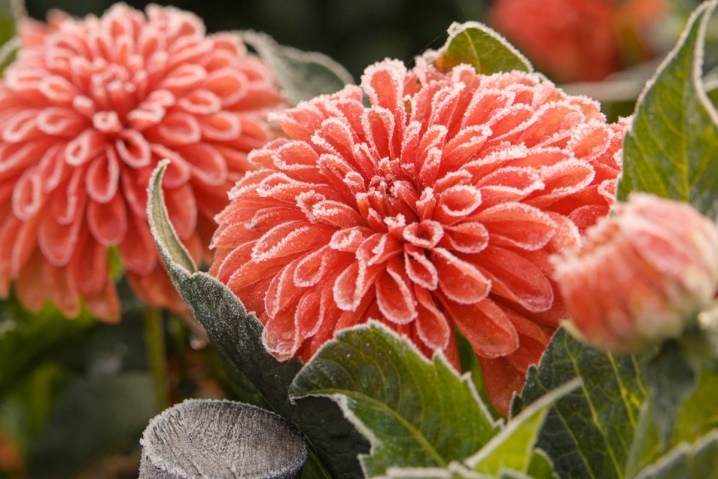
How to increase the mulch layer?
It will not be difficult to preserve wintering chrysanthemums in the open field. The first step is to prepare them. Initially, you need to cut the bushes and carefully loosen the ground around the bush. This must be done carefully so that, as a result, pits do not form around them, because this can lead to the accumulation of water in them. Then you can start the shelter process. In areas where winters are fairly mild and snowy, a thick layer of mulch should be used for cover.


In preparation for the mulching process, the stalks of the chrysanthemums are cut so that only 10 centimeters of the bush remain above the ground. There is no need to feel sorry for the plant, because in the spring it will quickly recover.

Then you can start mulching. Lay the mulch layer so that it completely covers the plant. This will be quite enough for a comfortable wintering of the chrysanthemum. However, if the owners are very worried about its safety, then you can cover the bush on top with a thin layer of spruce branches or sawdust.
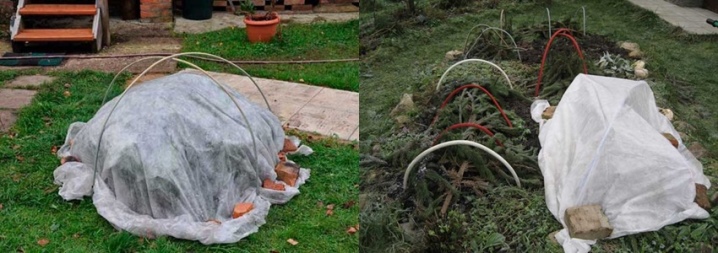
Features of storage under the ground
One of the easiest and most interesting ways to make a shelter for chrysanthemums for the winter is to create a wintering place right under the earth. However, this option is acceptable only in those regions where the snow cover is quite large. The selected plot of land should also not be flooded.
Getting started, it is necessary to dig a ditch in advance, the depth of which will be within 50–90 centimeters. As soon as the first frosts begin, the chrysanthemum bushes need to be dug up, then cut and only then placed in a prepared trench. The entire space of the ditch must be filled with harvested and dried pre-fallen leaves or dry sawdust. The layer should reach the ground level.

Further, all this must be covered either with thick cardboard, or slate, or with ordinary dry boards. From above, everything needs to be covered with plastic wrap. It is worth noting that it is very important here to ensure that there is no dampness in the trench, otherwise the flowers will simply die by the spring. As soon as the snow melts in the spring, the moat must be opened immediately. You do not need to rush too much, everything must be done gradually, removing the leaves layer by layer.
Next, the bushes must be placed in a warm place. With the onset of warm weather, they can be re-planted in the ground. In fact, this method is an alternative to wintering in a basement or cellar. Flowers covered in this way keep very well, because the method is time-tested.
Wintering under the "dome"
This type of shelter is considered more effective, as it can protect flowers even from severe frosts. However, the arrangement of such winter "housing" depends entirely on the scheme of planting chrysanthemums.

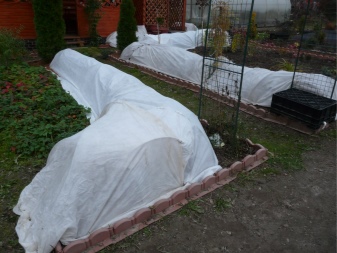
For separately planted bushes, it is necessary to make individual structures. The stems of flowers do not need to be cut too low. They must be pulled into a kind of "cocoon", and then gently pressed to the ground. A bush fixed in this form must be covered with any material that can retain heat.Then the bush can be overlaid with bricks, and a sheet of plywood or slate can be placed on top.
As soon as snow falls, it must be thrown over the finished shelter to create additional thermal insulation.

For flowers planted in one row, you can make a tunnel structure, which will serve as a shelter for them. This will require arcs that are fixed over the bushes at the same distance. You need to tie the slats to them. The finished frame is covered with any material, preferably elastic.
Recommendations
Despite the fact that this flower is adapted to cold weather, not all types of chrysanthemums can survive the winter outdoors. Only Korean varieties of chrysanthemums or Russian hybrid varieties are suitable for this. Among them, the following are especially popular:
- border chrysanthemums "Slavyanochka" with pink color;
- flowers of the "Multiflora" variety, having a spherical shape;
- light lilac chrysanthemums "Etna" with needle-like petals;
- large flowers of red-orange shade "Tom Pierce";
- light orange chrysanthemums "Golden Fleece";
- tall flowers of Anastasia Green, with a light green color;
- perennial plant "Pink chamomile";
- late chrysanthemum with needle-like petals "Spray of champagne".
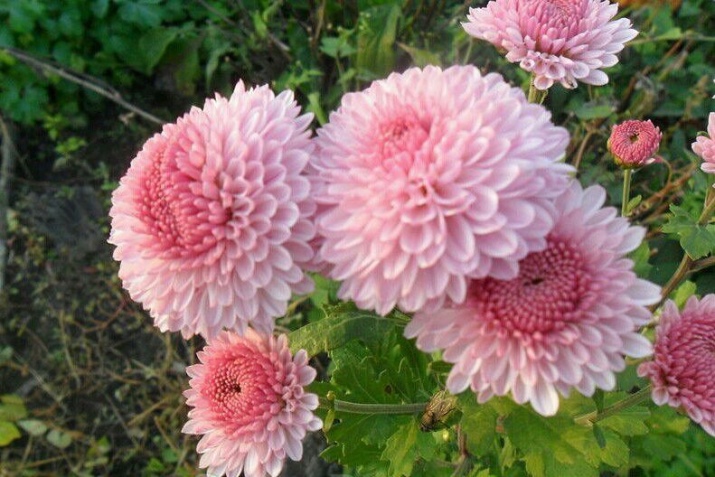




If you don't want to waste time hiding chrysanthemums, it is best to choose such flowers for your garden.
However, regardless of the variety chosen, all chrysanthemums still need to be prepared for winter. Here is a small list of works that should be paid attention to in the fall.
- First of all, the plants must be checked for the presence of fungal infections or pests. If they are, then you definitely need to carefully process them, because healthy bushes will be able to endure the winter much better. This is true for all varieties, without exception.
- After that, the chrysanthemums need to be "watered" with potassium-phosphorus dressings. It is best to use the well-known fertilizer "Potassium Monophosphate", which will strengthen the root system, as well as increase the frost resistance of plants.
- As soon as the first cold weather sets in, you can start trimming the chrysanthemum bushes. Their height will depend on the chosen shelter option.
- Since there is no definite ideal time for shelter, it is worth focusing only on the weather conditions. Don't cover the chrysanthemums too quickly. We need to let them temper a little. So the plants will be able to winter well, regardless of the chosen method of shelter.
- Do not use various garden debris to protect flowers from the cold.such as weeds, dry twigs or straw, as recommended by some inexperienced gardeners. All this must be burned, because it is in such a litter that various pests settle.
- For chrysanthemums, microclimate stability is very important. In the event of sudden changes in temperature, they simply may not survive by the spring. Therefore, you need to take care that the shelter is reliably protected from temperature and humidity changes.

Summing up, we can say that caring for chrysanthemums in the fall is not such a difficult process, even if a beginner takes over. The main thing is to follow the rules and choose good materials for covering the bushes. And if the gardener does not have time for this, it is better to dig up the chrysanthemums and place them in the basement or cellar. There they will definitely live until next season.
The video below has detailed information on how you can shelter chrysanthemums for the winter.







































































































The comment was sent successfully.